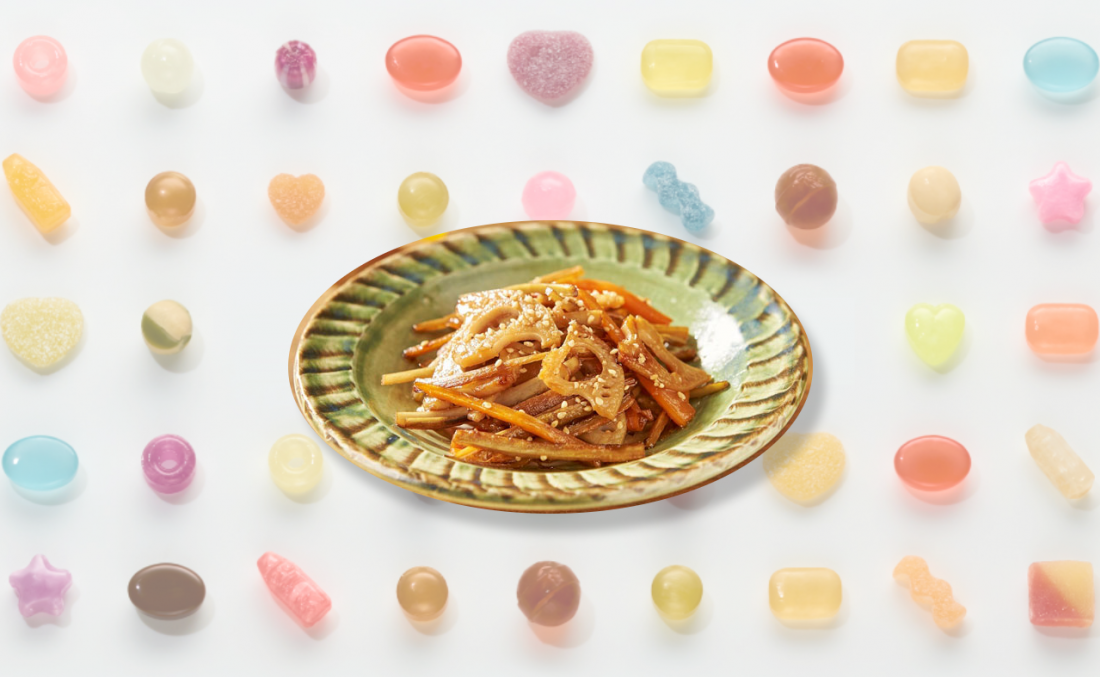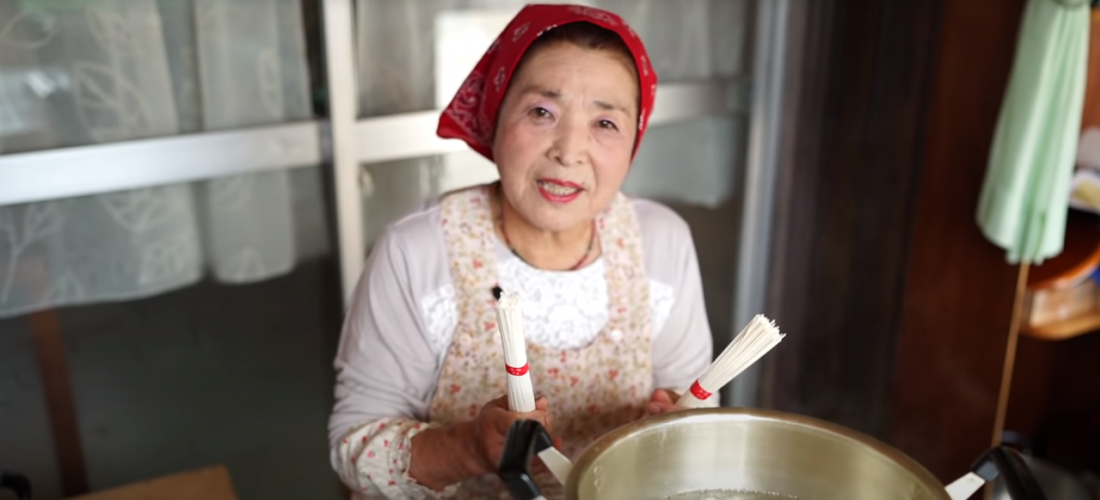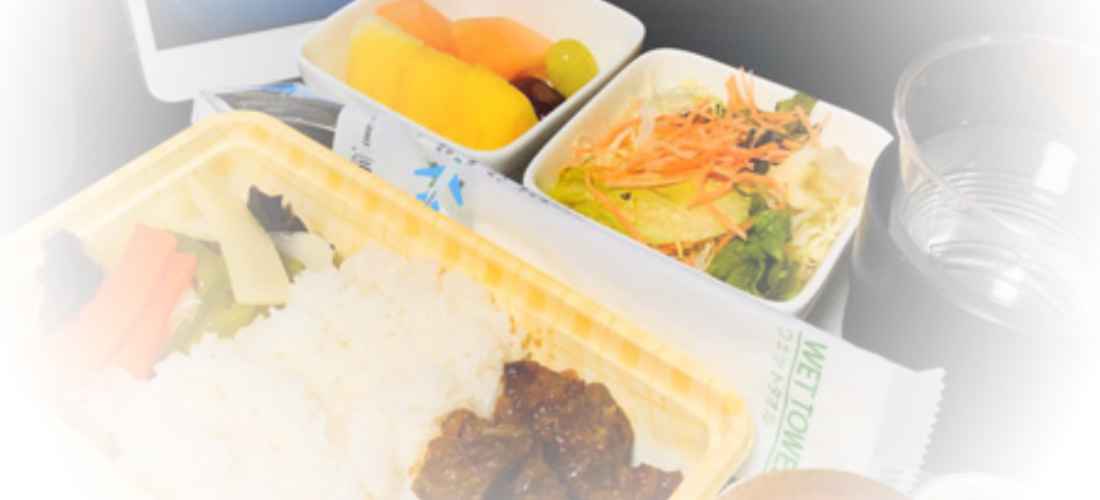Some unique recipes for traditional Japanese cuisine have been turning heads on Instagram.
Candy for Dinner?
We've all been told since we were young that no, we can't have candy for dinner. For the Japankuru team, imagining a dinner of Japanese food certainly doesn't call candy to mind either, instead reminding most of us of savory, nuanced flavors and perhaps spikes of wasabi. Which is why it caught us all a little off guard to hear that Japanese confectionary company Kanro had opened their own new recipe page on their website, and it wasn't all about candy making. In fact, the candy is used in Japanese classics, and after taking a good look, we think the recipes might just work.
The Kanro brand's classic Kanro hard candies (カンロ飴) have been around for 60 years, making beloved by sweet tooths of all ages, and they're said to be rich with the flavor of Japanese cuisine. What exactly does that mean?
Salty-Sweet Japanese Flavor
Well, the candies' distinct flavor comes from a very simple recipe of just four ingredients: sugar, starch syrup, soy sauce, and salt. The salty soy sauce and sweet sugar is a combination of flavors found all over the map of Japanese cooking, in everything from stews and teriyaki to the sauce of the sweet snack mitarashi dango (みたらし団子). It's at the heart of Japanese cuisine.
Kanro candy is made in a special process that heats and blends the ingredients together to make a unique sweet treat, a tradition carried on since Japan's Edo era (1603~1868). But because Kanro candy's distinctly Japanese flavor profile comes from a mix of sugar and soy sauce, reminiscent of the "kaeshi" sauce mix used in all kinds of cooking, break it down into its core components and it's no real shock that it might fit into a number of Japanese dishes.
The Sweet Appeal of Japanese Home Cooking
Head to the new Kanro webpage dubbed the Kanro Ame Shokudo (カンロ飴食堂, Kanro candy cafeteria) and you'll find a handful of dinner-ready recipes featuring the retro candy. This isn't just "foods that go well with the candy" or "foods inspired by the candy," Kanro hard candy is a real ingredient in every dish. This bowl of rice is "takikomi gohan," a traditional rice dish generally flavored with a soy sauce-based sauce mix. This recipe includes bacon, oyster mushrooms, and one little globe of Kanro candy, which they say adds a fragrant sweetness to the dish.
An iconic home-cooked meal, the flavor of nikujaga (肉じゃが, meat and potato stew) hinges on the perfect ratio of sauces used in the broth. Their recipe adds half a dozen Kanro candies to the mix, which they say really polishes up the flavor.
The recipes on the new Kanro page were formulated based on the advice of an artisan soy sauce representative, giving them the ring of authenticity we all crave when it comes to candy for dinner. But they're also conducting events where you can share your own Kanro candy recipes through Instagram. Get a hold of a bag of the salty-sweet Japanese hard candies next time you're in Japan, bring them home, and see what you can make! You might just end up with a winning recipe.
Details
NAME:Kanro Candy
The latest news from Japan - learn what's new in the land of the rising sun, from an international group right on the scene.



 おやつ
おやつ . 家族に共感してもらえず
. 家族に共感してもらえず . . カンロ飴をぼりぼり食べるのが大好きで調子に乗ってたら、歯列矯正のブリッジが取れた~
. . カンロ飴をぼりぼり食べるのが大好きで調子に乗ってたら、歯列矯正のブリッジが取れた~ . 前回は芋かりんとうで外れたからなんか恥ずかしい
. 前回は芋かりんとうで外れたからなんか恥ずかしい . . #カンロ飴 #kanro #おばあちゃんっこ #candy #ステイホーム #歯列矯正 #おうち時間 #昭和
. . #カンロ飴 #kanro #おばあちゃんっこ #candy #ステイホーム #歯列矯正 #おうち時間 #昭和



 開催中! WEBサイト #カンロ飴食堂 で公開されているカンロ飴を使ったレシピ作って撮影
開催中! WEBサイト #カンロ飴食堂 で公開されているカンロ飴を使ったレシピ作って撮影 撮影した画像をInstagramまたはTwitter投稿してね
撮影した画像をInstagramまたはTwitter投稿してね
 皆さんが作った美味しそうな写真お待ちしてます〜
皆さんが作った美味しそうな写真お待ちしてます〜 詳細はプロフィールURLをチェック
詳細はプロフィールURLをチェック <参加方法> ① カンロ飴食堂(https://www.kanro.jp/kanroame/kanroameshokudo/)に掲載されているレシピのいずれかを使った料理を作り、盛りつけて完成したところを撮影。 ②カンロの公式Twitterアカウント (@kanro_pr)または公式Instagramアカウント(@kanro_pr)をフォロー。 ③ハッシュタグ #おうちカンロ飴食堂 をつけて撮影した写真を投稿! <賞品> フォトジェニック賞・・・ 5名 ・ジャッログルメギフトカタログ「やさしいごちそう」(3,000円コース) カンロ賞・・・ 10名 ・カンロ商品詰め合わせ <応募期間> 2020年5月15日〜6月14日 #カンロ #カンロ飴 #カンロ飴食堂 #ちょい足しレシピ #お菓子 #おうち時間 #おうちごはん #ちょい足し #ちょい足しレシピ #炊き込みご飯 #炊き込みご飯レシピ #きんぴら #肉じゃが #肉じゃがレシピ #タンドリーチキン #じゃがいもレシピ #料理コンテスト #お料理好きな人と繋がりたい #キャンペーン #プレゼントキャンペーン #キャンペーン実施中 #懸賞 #懸賞情報
<参加方法> ① カンロ飴食堂(https://www.kanro.jp/kanroame/kanroameshokudo/)に掲載されているレシピのいずれかを使った料理を作り、盛りつけて完成したところを撮影。 ②カンロの公式Twitterアカウント (@kanro_pr)または公式Instagramアカウント(@kanro_pr)をフォロー。 ③ハッシュタグ #おうちカンロ飴食堂 をつけて撮影した写真を投稿! <賞品> フォトジェニック賞・・・ 5名 ・ジャッログルメギフトカタログ「やさしいごちそう」(3,000円コース) カンロ賞・・・ 10名 ・カンロ商品詰め合わせ <応募期間> 2020年5月15日〜6月14日 #カンロ #カンロ飴 #カンロ飴食堂 #ちょい足しレシピ #お菓子 #おうち時間 #おうちごはん #ちょい足し #ちょい足しレシピ #炊き込みご飯 #炊き込みご飯レシピ #きんぴら #肉じゃが #肉じゃがレシピ #タンドリーチキン #じゃがいもレシピ #料理コンテスト #お料理好きな人と繋がりたい #キャンペーン #プレゼントキャンペーン #キャンペーン実施中 #懸賞 #懸賞情報



 >> Find out more at Japankuru.com! (link in bio)
#
>> Find out more at Japankuru.com! (link in bio)
#





 The Robot Restaurant is gone, but the Samurai Restaurant is here to take its place. Check it out, and don't forget your coupon!
The Robot Restaurant is gone, but the Samurai Restaurant is here to take its place. Check it out, and don't forget your coupon!
 신주쿠의 명소 로봇 레스토랑이 사무라이 레스토랑으로 부활! 절찬 쿠폰 발급중
신주쿠의 명소 로봇 레스토랑이 사무라이 레스토랑으로 부활! 절찬 쿠폰 발급중
 18歲以上才能入場的歌舞秀,和你想的不一樣!拿好優惠券去看看~
#tokyo #shinjuku #samurairestaurant #robotrestaurant #tokyotrip #도쿄여행 #신주쿠 #사무라이레스토랑 #이색체험 #할인이벤트 #歌舞伎町 #東京景點 #武士餐廳 #日本表演 #日本文化體驗 #japankuru #japantrip #japantravel #japanlovers #japan_of_insta
18歲以上才能入場的歌舞秀,和你想的不一樣!拿好優惠券去看看~
#tokyo #shinjuku #samurairestaurant #robotrestaurant #tokyotrip #도쿄여행 #신주쿠 #사무라이레스토랑 #이색체험 #할인이벤트 #歌舞伎町 #東京景點 #武士餐廳 #日本表演 #日本文化體驗 #japankuru #japantrip #japantravel #japanlovers #japan_of_insta
 코지마 x 빅 카메라 쿠폰으로 일본 가전 제품 쇼핑하기
#pr #japankuru #japanshopping #kojima #biccamera #japaneseskincare #yaman #dji #osmopocket3 #skincaredevice #日本購物 #美容儀 #相機 #雅萌 #日本家電 #일본여행 #면세 #여행꿀팁 #일본쇼핑리스트 #쿠폰 #일본쇼핑 #일본브랜드 #할인 #코지마 #빅카메라 #japankurucoupon
코지마 x 빅 카메라 쿠폰으로 일본 가전 제품 쇼핑하기
#pr #japankuru #japanshopping #kojima #biccamera #japaneseskincare #yaman #dji #osmopocket3 #skincaredevice #日本購物 #美容儀 #相機 #雅萌 #日本家電 #일본여행 #면세 #여행꿀팁 #일본쇼핑리스트 #쿠폰 #일본쇼핑 #일본브랜드 #할인 #코지마 #빅카메라 #japankurucoupon































 Oita Hello Kitty Airport
Oita Hello Kitty Airport  Lands April 13th
Lands April 13th






















